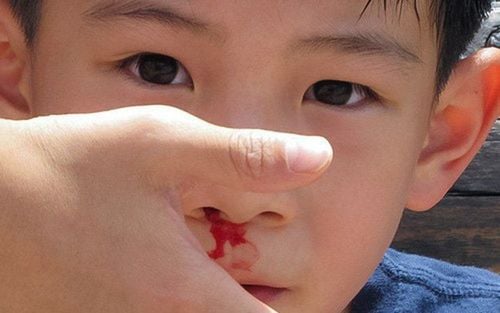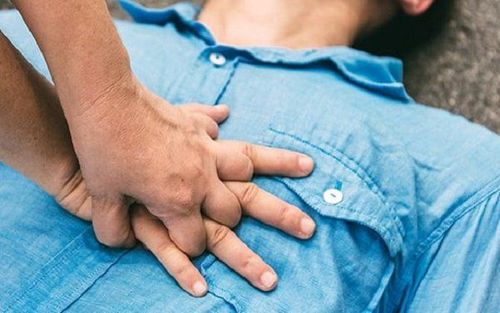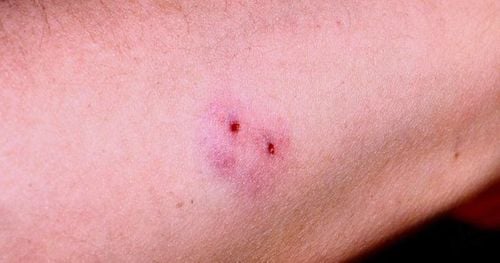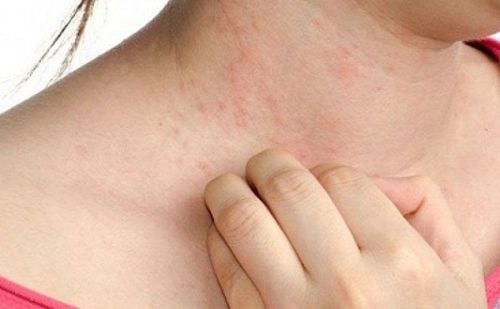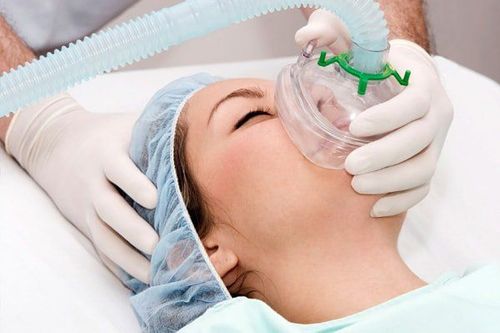This is an automatically translated article.
The article is professionally consulted by Master, Doctor Vu Huu Thang - Emergency Resuscitation Doctor - Emergency Resuscitation Department - Vinmec Ha Long International General Hospital. The doctor has nearly 10 years of experience in Emergency Resuscitation.According to records, every rainy season, the number of patients admitted to the emergency room due to venomous snake bites increases. If first aid when bitten by a venomous snake is not done properly, the victim is at risk of gangrene, blood infection, or even death.
1. Identify some poisonous snakes
In fact, only about 15% of snake species are venomous worldwide, with the remainder posing no danger to humans. Poisonous snakes and non-venomous snakes can be distinguished based on their external features, most notably the two large poisonous fangs located in the upper jaw. Therefore, when the victim is bitten by a venomous snake, it often leaves a wound with a characteristic poisonous hook that is injected under the skin or injected into the muscle.A venomous snake bite can cause severe injury and sometimes death or disability. More dangerous, some types of cobra have the ability to spray venom from a distance, causing eye damage and poisoning the whole body.
Common venomous snakes in our country include:
Common cobra: When threatening or preparing to attack, it will have a long neck and emit a characteristic sound, which can appear in the mountains, or in the central region. du, and plains, even around residential areas; King cobra: The neck is also wide but not as wide as the one above, accompanied by two large scales at the top of the head, large size, weighing nearly ten pounds and about 2.5m long; Scallops/snakes: Body with black, white or yellow segments, living in midlands and plains, especially near water; Sea snakes: Living most of the time in the marine environment, often with strong venom; Viper: Large rhombic or triangular head, longitudinal elliptical pupils, green to varying degrees.
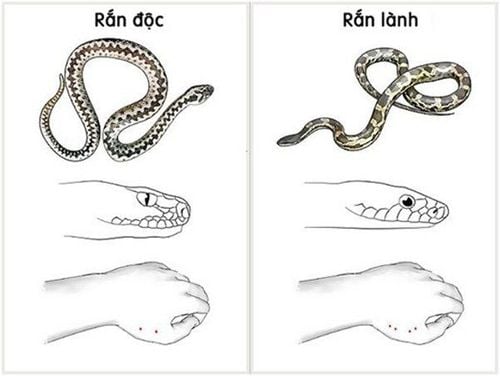
2. Symptoms of a venomous snake bite
Typical symptoms of a bite from a healthy, non-venomous snake are mild pain and swelling and local abrasions. Most snake bites occur on the limbs, after being bitten by a venomous snake the victim will have the following manifestations:Severe burning pain in the wound within 15 - 30 minutes; The bite may then swell and bruise, sometimes spreading all over the arm or leg and causing skin necrosis ; Other signs include: Nausea, shortness of breath and a feeling of weakness, sometimes even a strange taste in the mouth. While some species of the viper family cause blood-clotting and bleeding disorders, others have stronger toxins - such as the cobra family - which cause neurological symptoms, including: tingling skin , difficulty speaking and weakness in limbs, general paralysis or respiratory failure and apnea. The cause of death from a venomous snake bite is mainly paralysis of the muscles, which causes difficulty breathing or loss of blood, and systemic bleeding that is difficult to stop.
Sometimes, a snake even though it is poisonous, does not release any venom when biting. These are called "dry bites" and cause only local irritation.

3. How to give first aid when bitten by a poisonous snake
If bitten by a venomous snake, immediately call the nearest emergency number to get emergency treatment with specific antivenom serum, especially if the wound shows signs of discoloration. swelling or pain begins.While waiting for medical help, the following first aid steps should be taken for a venomous snake bite to slow down and limit the entry of venom into the body:
Move victim out of range of the snake; Stay calm and limit movement, preferably immobilize the bitten limb with a splint, to slow the spread of the venom; Remove jewelry and loosen tight clothing to avoid putting pressure on the wound to begin to swell; Position the bitten area below heart level, such as lying down, even while being transported to the hospital; Clean the wound with soap and physiological saline; Use a clean, dry gauze to cover the bitten area.
4. Notes in first aid when bitten by snakes
Doctors said that the biggest mistake of patients and family members is to apply folk experience to give first aid when bitten by snakes. Many cases wait until symptoms of severe respiratory distress appear, or the necrotic wound spreads, then rush to a medical facility for examination. To protect your own life and those around you, it is important to keep in mind a few notes on how to handle snake bites as follows:Do not use a gauze bandage to tie tightly to the bitten area, this way just hurts. the victim, both obstructing blood circulation to the extremities causing necrosis, is very dangerous; Do not arbitrarily apply cold, apply chemicals, apply leaves... to the wound or take medicine without a doctor's prescription; Do not slit, puncture the wound or attempt to remove the venom as it will not bring any benefit and may make the infection worse; Avoid drinks containing caffeine or alcohol as they can speed up the body's absorption of the venom; Do not try to catch the snake. Instead, keep their color, shape, and mode of attack in mind so that you can describe them to your doctor, which will help in treatment. If you have a smartphone with you and it is convenient, take a picture of the snake from a safe distance to make it easier to identify.
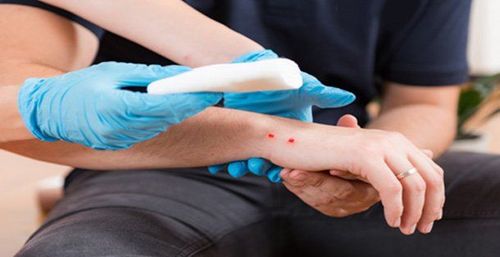
In case of encountering a snake, it should be gently avoided as much as possible, snakes are quite afraid of people, so they will leave and only attack when they feel threatened. Therefore, do not catch snakes, chase or force them to kill snakes, because dead snakes can still contain dangerous venom.
In all cases of snake attack, it is necessary to bring the victim to a medical facility as quickly and safely as possible. Treatment with specific antivenom and hospital monitoring must be carried out for at least the first 12 hours. If left for a long time, the treatment results will be very poor or ineffective.
According to doctors, performing first aid when being bitten by a snake in the wrong way has caused many deaths. Therefore, identifying poisonous snakes and equipping them with knowledge on how to deal with snakebites play a very important role.
Please dial HOTLINE for more information or register for an appointment HERE. Download MyVinmec app to make appointments faster and to manage your bookings easily.
Reference source: mayoclinic.org




